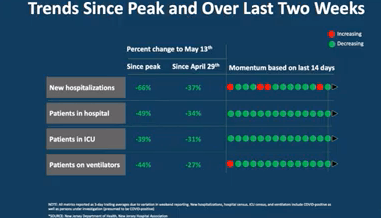Reminiscence therapy for individuals living with dementia might appear to be disconnected from the outset. All things considered, neglect is the most notable indication of Dementia Care Doncaster. How could somebody with cognitive decline profit from being approached to recall something? The response – with a little help from friends and family and the climate.
Reminiscence therapy is centered around returning to recollections. It includes conversations of previous occasions and encounters, frequently utilizing unmistakable prompts to inspire recollections or animate discussion. These conversation prompts might incorporate a melody, photograph collection, most loved food, film, anything. That’s all there was to it.
Reminiscence therapy is an incredible method for drawing out those drawn-out recollections. It has demonstrated accommodating for individuals living with both dementia and Alzheimer’s sickness.
Reminiscence therapy can build personal satisfaction, correspondence, emotional well-being, and perception for seniors. Reminiscence therapy is a line of first protection before turning to prescription.
“One of the new dementia practice rules suggested that reminiscence therapy is at first applied to oversee the state of mind indications.

Ways to utilize Reminiscence Therapy with a Loved One
All right, so how would you fuse reminiscence therapy into your adored one’s dementia care plan?
- It’s anything but a test
The objective isn’t so much for your cherished one to have ideal recollections of all life occasions. The objective is to draw in your adored one with dementia to recall and share anything they desire to or can. Indeed, even people with practically no mental change won’t recall a similar occasion the same way. Do whatever it takes not to get hung up on whether your thought process is precise or not exact because any other way you can immediately become baffled.
- It is about sentiments
This is section two of ‘it’s anything but a test.’ Rather than zeroing in on current realities, feel the passionate message behind the thing that is said and remember blissful recollections.
- Utilize each of the five detects
Reminiscence therapy requires an incited conversation. To begin a discussion with your relative, consider the five detects.
Watch films or check out workmanship and old photos together. Pay attention to music, hints of a specific scene, a public broadcast, recorded voices of friends and family. These can be in every way extraordinary ways of interfacing with a friend or family member with dementia
What would you be able to smell together? Blossoms, baking, cooking, natural oils.
Attempt food from extraordinary minutes in lifelike solace food and most loved home-prepared suppers
Utilize your touch! Straightforward things like a hand-weave cover, cold new snow, or sand between your toes (regardless of whether in a bowl in your family room) can bring back recollections.
- Embrace innovation
Watch past TV shows or major recorded events at the touch of a button. Use YouTube to find previous occasions, use Google guides to stroll past roads, utilize a common family collection to share photographs and recordings.
Reminiscence therapy is a straightforward idea that has effects affected numerous more seasoned grown-ups. Utilize ordinary articles or individual ones to start a discussion. Follow that discussion any place it drives, zeroing in on association rather than authentic precision. The objective of reminiscence therapy this type of connection has been proven to improve the quality of your life and the quality of your loved ones.

